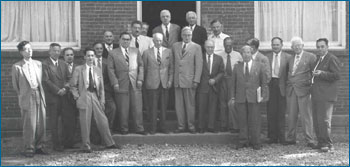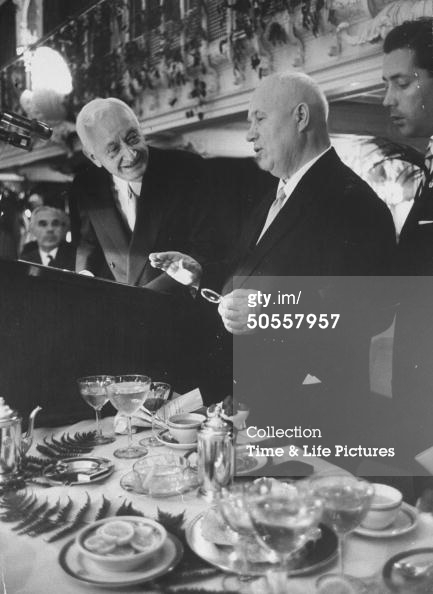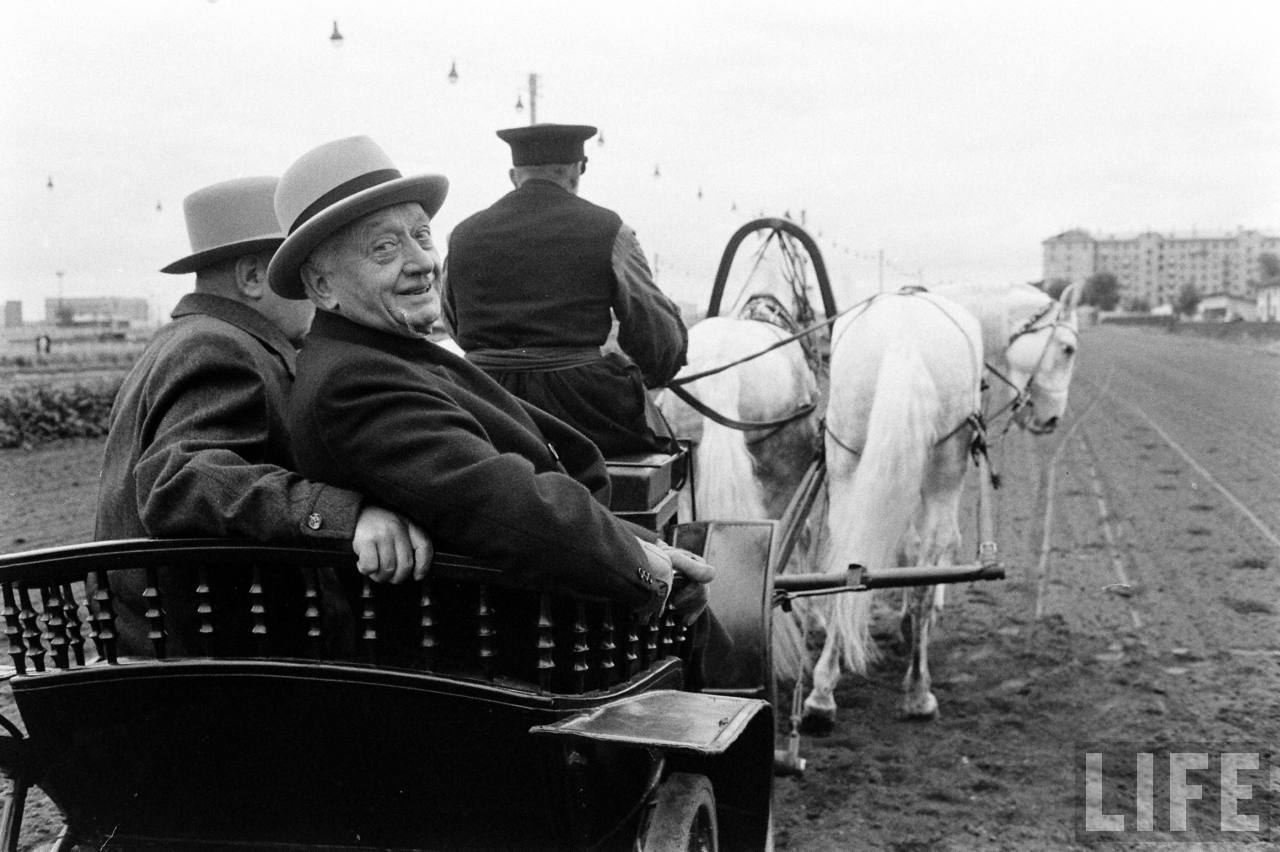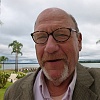Pugwash… The Contemporary Relevance Of The 1995 Nobel Peace Prize
In
Log in if you are already registered
Pugwash became part of the Cold War realpolitik before the advent of soft power, public diplomacy, the internet and social media. Henry Kissinger was still at Harvard. Robert MacNamara was managing the biggest failure in the history of the Ford Motor Company, the ill-fated Edsel automobile; the highly publicized wunderkind who computerized the Pentagon and the Vietnam War wasn’t made president of Ford until two months before the Kennedy transition team chose him to be U.S. Secretary of Defense.
An Outside-The-Box Gamble That Paid Off
Overcoming objections that it played into the Cold War objectives of the Soviet Union the Pugwash movement to avoid nuclear war would gain traction over time. There has been no thermonuclear conflict. No nuclear bombs dropped from airplanes. No guided missiles launched from hardened sites or submarines. Edward Teller, Admiral Hyman Rickover, General Curtis LeMay and nuclear war theorist Herman Kahn are icons of the past. Today, even Iran is taking part in Pugwash discussions.

Photo: University of California
The cooperation between the United States and Russia which provides the institutional superstructure to facilitate Kerry-Lavrov and the Iran nuclear talks has its roots in the spirit of Pugwash, officially known as the Pugwash Conference On Science And World Affairs.
Cyrus Eaton And The Rockefeller Connection
The conference was founded and financed by American industrialist and financier Cyrus Eaton based on an original concept developed from academic papers and ideas generated by Josef Rotblat, Albert Einstein, Bertrand Russell and others.
Many scientists opposed to thermonuclear war set the stage with the 1955 Einstein-Russell Manifesto, delivered in London. Nehru of India, and 1952 Nobel Peace Prize Laureate Albert Schweitzer also supported the manifesto. Support also came from some scientists in Beijing and Tokyo, unheard of at the time. It would not be until 1973 that the Trilateral Commission would bring Japan into the global power curve discussion.
Cyrus Eaton was a risk taker who saw promoting world peace as a vehicle to expand global commerce. Migrating to Cleveland, Ohio from Canada, he had a successful business career based on close collaboration with Rockefeller family interests. His sponsorship helped provide Pugwash with a modicum of mainstream credibility, and controversy. Eaton’s business relationships with the Soviet Union, particularly in the area of steel exports, helped strengthen the infrastructure of the oil and natural gas industries, which continue to be the drivers of Russia’s export (and some say domestic) economy. Eaton is perhaps best known as being the recipient of the famous Troika horses from Soviet leader Nikita S. Khruschev.

Photo: Getty Images
Ideas That Survived The Cold War
During this era of Hiss-Chambers, McCarthyism, the Hollywood blacklists, and the Anglo-American propaganda machine the Einstein-Russell manifesto and Pugwash were often regarded as vehicles for Communist interests and the Non Aligned Movement. But since the discussions were independently financed the theme of no nuclear war was able to survive and work around the propaganda.
The Nobel awards website characterizes Pugwash as a gathering of “influential scientists, scholars and public figures concerned with reducing the danger of armed conflict and seeking cooperative solutions for global problems.”
http://www.nobelprize.org/nobel_prizes/peace/laureates/1995/
These themes were not “glolbalist” as defined by today’s pundits and public relations firms. Nor were they “soft power” themes since the “soft power” movement was not launched until the early 1970s. There was no glitzy fanfare and hype provided by the World Economic Forum, which was not founded until 1970. It all began in and around a simple rural home situated on the stark countryside of Nova Scotia that resembles the barren terrain one finds in Northern California, at Fort Ross, the first Russian settlement in America.

Photo: Life Magazine
A Lesson For Future Diplomats…Remembering The Pre-Pugwash Political-Pschological Situation
The United States detonated the first “hydrogen bomb” in 1952, based on the Teller-Ulam design. With a team of scientists led by Kurchatov, the theoretical design work of Sakharov (who later became a dissident and received a Nobel Peace prize), and espionage activities, the Soviet Union detonated a hydrogen bomb in August, 1953. The great game of mutually assured destruction that drove the defense driven economic model was on.
The Soviet Union pulled out of quadripartite occupation of Vienna in 1953, leaving it to the western powers (U.S., Britain, France). The Central Intelligence Agency installed friendly governments in Guatemala and Iran the following year. The French pulled their troops out of Vietnam.
After announcing it was sending troops to support the Hungarian revolution Washington in 1956 backed down, allowing the Kremlin to control the Budapest regime. Football star Puskas escaped to become a superstar with Real Madrid, and Cardinal Minzenty took refuge in the U.S. Embassy. The Suez crisis and the Algerian war of independence played out that same year.
In 1995, thirty eight years after the first Pugwash conference, the Nobel Peace Prize committee finally awarded the prize to Josef Rotblat and the Pugwash Conference. Rotblat worked on the Manhattan Project under Robert Oppenheimer and General Leslie Groves. He left the program in 1943 due to his objection to the use of the atomic bomb. Others who held similar views to Rotblat, including Fermi and Szillard, stayed on.
The Internet was still in its infancy in 1995. It was the year that Larry Page and Sergey Brin met as students at Stanford and would create Google two years later. Tenuous treaties between Washington and Moscow, in the spirit of Pugwash, helped minimize the risk of thermonuclear war. The Nobel site indicates that the committee awared the prize to Rotblat and Pugwash "for their efforts to diminish the part played by nuclear arms in international politics and, in the longer run, to eliminate such arms"

Photo: Pugwash Foundation
Pugwash reaches out to young future diplomats
Pugwash has expanded its reach to younger generations by including student participants from all over the world. Interested parties can contact the organization at its website clicking "contact us" for more information.
http://www.pugwash.org/




